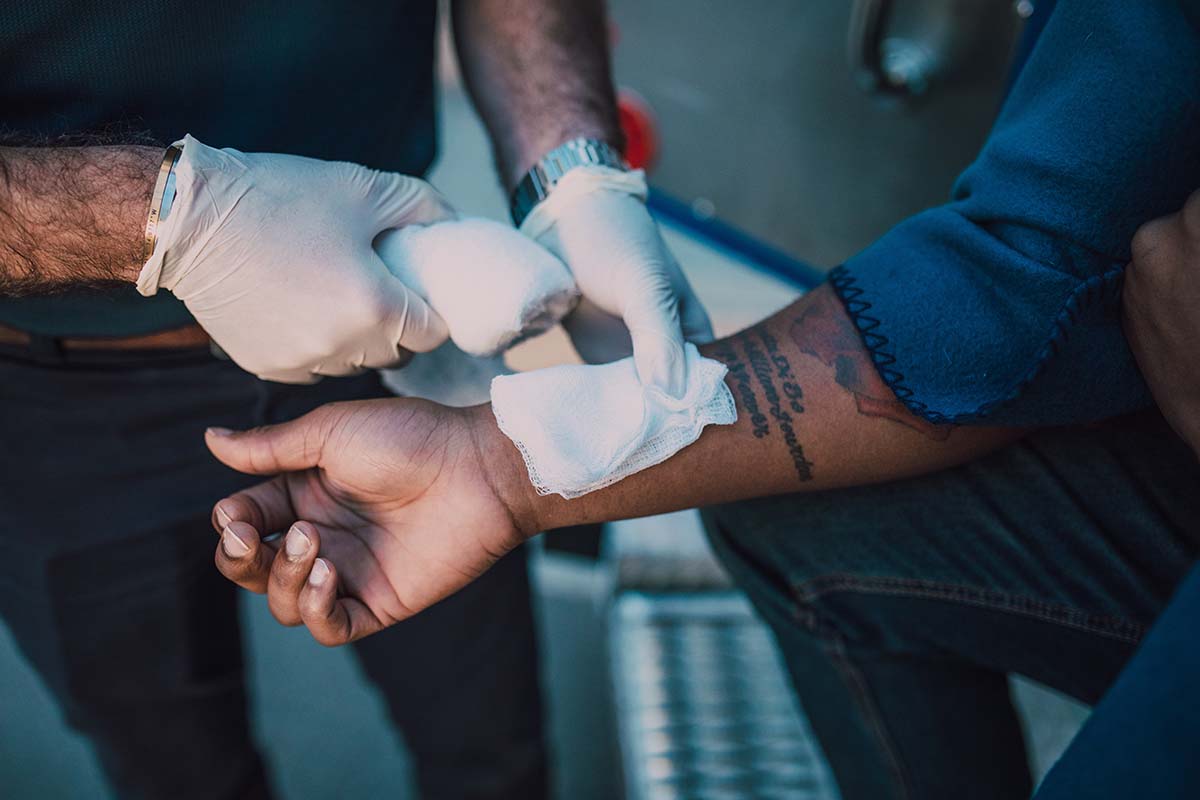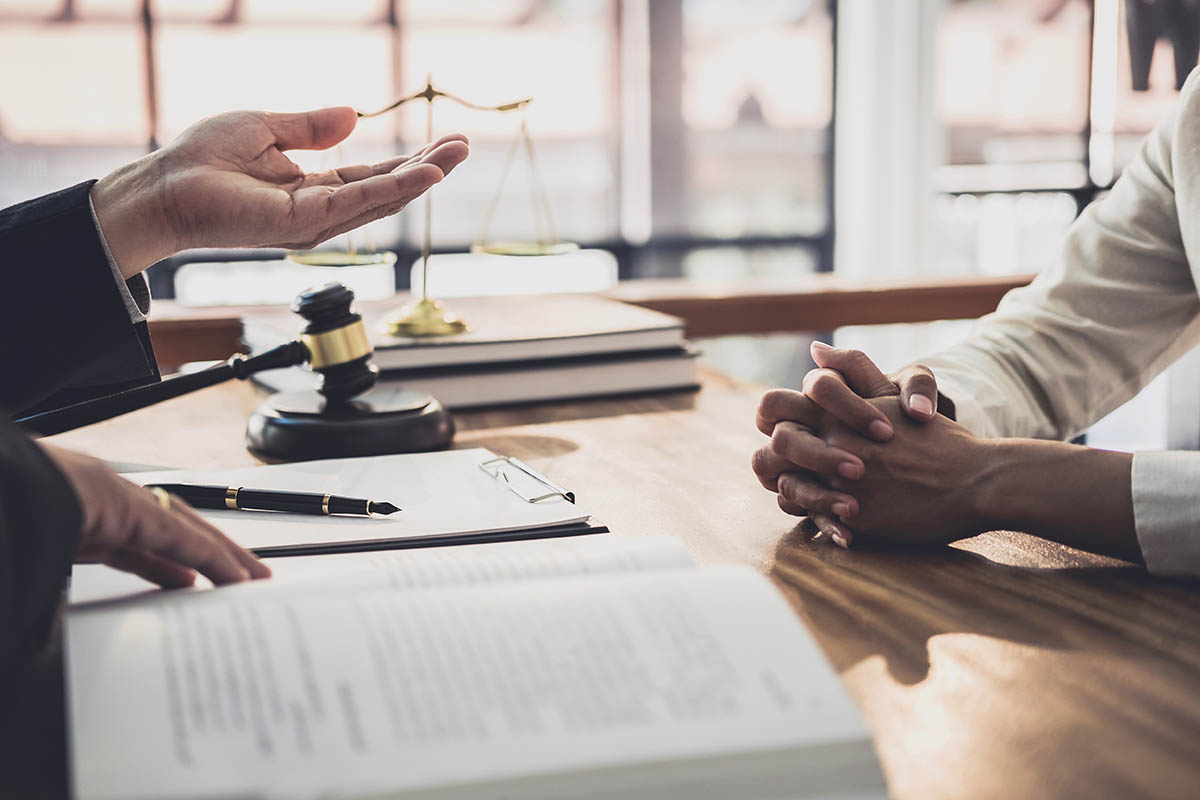Types of Personal Injury Cases
Personal injury law encompasses a wide range of scenarios where individuals suffer harm due to the negligence or intentional actions of others.
Understanding the common types of personal injury cases can help individuals recognize when they might have a valid claim and need legal assistance. Here are some of the most frequent types of personal injury cases:
1. Motor Vehicle Accidents
Car Accidents
Car accidents are one of the most prevalent types of personal injury cases. They can result from various factors, including reckless driving, distracted driving, drunk driving, and poor road conditions.
Victims may suffer from minor injuries such as bruises and cuts to severe injuries like broken bones, spinal cord injuries, or traumatic brain injuries.
Truck Accidents
Truck accidents often result in severe injuries due to the size and weight of commercial vehicles. These cases can be complex, involving multiple parties such as the truck driver, trucking company, and even manufacturers if vehicle defects are involved.
Motorcycle Accidents
Motorcyclists are particularly vulnerable on the road, and accidents can lead to catastrophic injuries or fatalities. Common causes include drivers not seeing motorcyclists, hazardous road conditions, and mechanical failures.
Bicycle and Pedestrian Accidents
Bicyclists and pedestrians are at high risk for serious injuries when involved in accidents with motor vehicles. These incidents often occur due to driver negligence, such as failing to yield, running red lights, or driving under the influence.
2. Slip and Fall Accidents
Premises Liability
Slip and fall accidents fall under premises liability cases, where property owners are responsible for maintaining safe conditions.
These accidents can occur in various places, including retail stores, restaurants, private homes, and public spaces. Common causes include wet floors, uneven surfaces, poor lighting, and lack of proper signage.
Injuries and Consequences
Slip and fall accidents can result in a range of injuries, from minor bruises to serious conditions like broken bones, head injuries, and spinal damage. Victims may face significant medical expenses, loss of income, and long-term rehabilitation needs.
3. Medical Malpractice
Negligence by Healthcare Providers
Medical malpractice occurs when a healthcare provider fails to meet the standard of care, resulting in patient harm. This can include misdiagnosis, surgical errors, medication mistakes, birth injuries, and failure to obtain informed consent.
Proving Medical Malpractice
Proving medical malpractice can be complex and requires establishing that the healthcare provider’s negligence directly caused the injury. Expert testimony and thorough documentation of medical records are often necessary components of these cases.
4. Product Liability
Defective Products
Product liability cases arise when consumers are injured by defective or dangerous products. These defects can occur in the product’s design, manufacturing, or marketing. Common examples include faulty machinery, contaminated food, defective pharmaceuticals, and unsafe consumer goods.
Manufacturer Responsibility
Manufacturers, distributors, and retailers can be held liable for injuries caused by defective products. Victims must demonstrate that the product was defective and directly caused their injury.
5. Workplace Accidents
Workers’ Compensation
Workplace accidents can lead to significant injuries and are often covered under workers’ compensation laws. This insurance provides benefits to employees injured on the job, covering medical expenses and lost wages. However, workers’ compensation claims can be complex, and disputes may arise regarding the extent of the injuries or the benefits provided.
Third-Party Claims
In some cases, injured workers may have a third-party claim if another party’s negligence contributed to the accident. For instance, if a worker is injured by a defective piece of equipment, they may file a product liability claim against the manufacturer.
6. Wrongful Death
Loss of Life Due to Negligence
Wrongful death claims arise when an individual’s death is caused by the negligence or intentional actions of another party. These cases can result from various incidents, including car accidents, medical malpractice, workplace accidents, and criminal activities.
Compensation for Survivors
Surviving family members can seek compensation for their loss, including funeral expenses, loss of income, loss of companionship, and emotional suffering. Wrongful death claims aim to provide financial support and justice for the deceased’s loved ones.
7. Dog Bites and Animal Attacks
Owner Liability
Dog bites and animal attacks can cause severe injuries, including lacerations, infections, and emotional trauma. In many jurisdictions, pet owners are held strictly liable for injuries caused by their animals, meaning they are responsible regardless of the animal’s past behavior.
Compensation for Victims
Victims of dog bites and animal attacks may be entitled to compensation for medical expenses, lost wages, pain and suffering, and emotional distress. Legal action can also help ensure that the animal is properly restrained or managed to prevent future incidents.
Conclusion
Personal injury cases encompass a broad spectrum of incidents where individuals suffer harm due to the actions or negligence of others.
Whether it’s a motor vehicle accident, slip and fall, medical malpractice, product liability, workplace accident, wrongful death, or a dog bite, understanding the common types of personal injury cases can help victims recognize their rights and seek appropriate legal assistance.
An experienced personal injury attorney in Westchester County can provide crucial support in navigating the legal complexities, ensuring that victims receive the compensation they deserve for their injuries and losses.




















